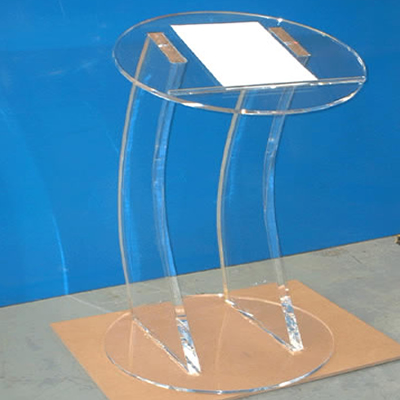So why even choose to fabricate plastic products? To begin with, plastic production commonly has the advantage of having fairly fast completion times, and in contrast to the majority of materials there’s also the choice of colouring plastic before manufacturing, instead of after. It’s significant malleability means that it has a relatively low melting temperature, and it is more lightweight compared to a number of other materials – both these elements simplify the production operation. Moreover, plastic materials are relatively inert and thus have high chemical resistance. Regardless of these positives, plastic material is nonetheless not suitable for uses that need a very high physical integrity, and is really prone to wear in the long-term. You will find hundreds of thousands of websites with info with regards to ‘snap fit frames’ nevertheless this is one of the best sites www.display-warehouse.co.uk/
CNC Machining
CNC machining is a computer controlled subtractive approach, which removes material from plastic in order to build the chosen shape. The computer is high-tech, with the ability to convert a design into numbers using a computer aided design software program. The figures are competent to operate the machine to cut the required shape. To set up, the machines require an intermediate step in the development and validation of tool paths. Once the machine receives the tool paths, the subtractive procedure is initiated. When the assemblage is complete, the component is washed, smoothed, and cut.
For lower volume plastic component part requests that call for tight tolerances and forms which are challenging to mould, machining is suitable. CNC machining also has low to medium initial costs, and can turn out top quality plastic parts with short completion times. Nonetheless, with an increase of product complexity, the charge per part climbs up. In addition, the method requires tool access considerations, and particular designs, for instance those with rounded internal channels, are near-impossible to make using CNC manufacturing.
Vacuum Formation
Vacuum formation is a process during which plastic material is heated and moulded, normally using a mould. The enormity and intricacy of vacuum-forming machines range from inexpensive desktop technology to advanced production machinery.
It is usually suited to any task, from made to order designs to large-scale manufacturing, considering the large choice of machinery offered and that automatisation is an option when necessary. On the other hand, there’s minimal versatility in the different types of design it can create, and is also unfortunately only able to create pieces with basic geometries. Compared to other techniques, tooling costs are minimal, simply because vacuum formation only needs low forces and pressures. Normally, for modest manufacturing sizes the moulds are made of Three-dimensional printed resin, or even plaster, and for greater production sizes more robust equipment made from metal is used.
The development method begins with a sheet of plastic material being clamped and heated up so that the plastic becomes mouldable. The plastic will then be put into the mould and chilled, and quite often fans as well as other cooling methods are implemented in an effort to accelerate the chilling process. The final stage involves any excess plastic being taken off.

